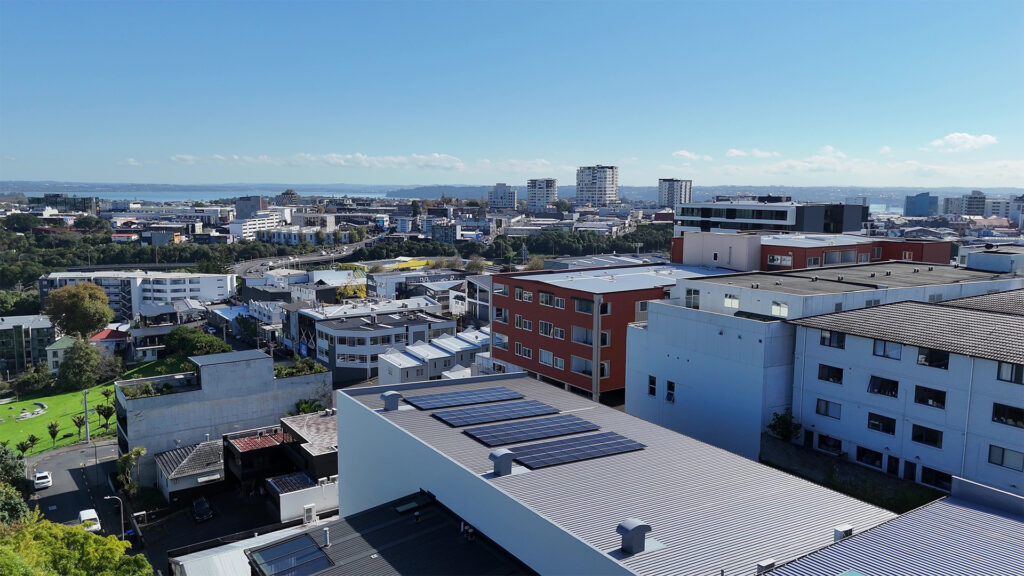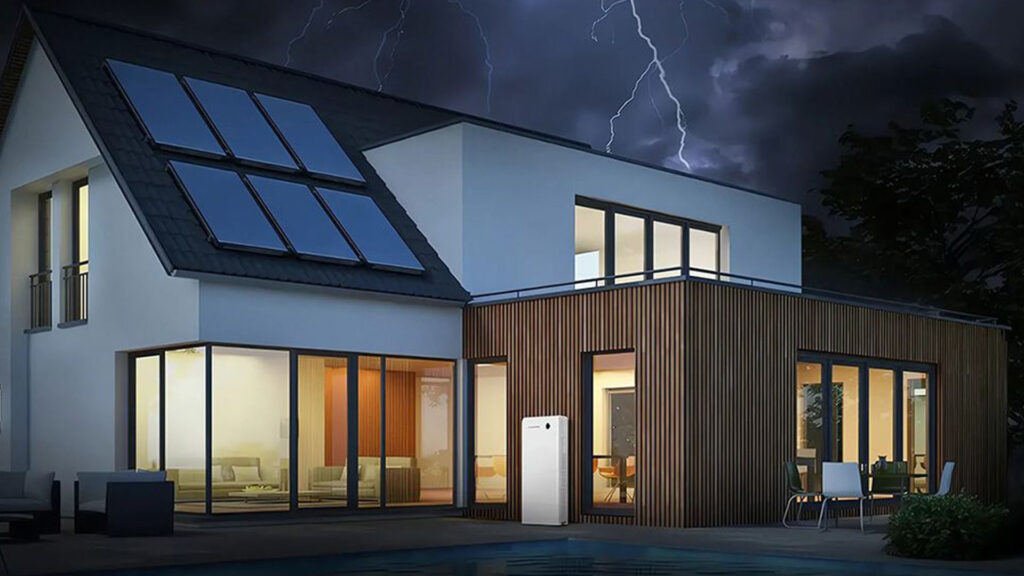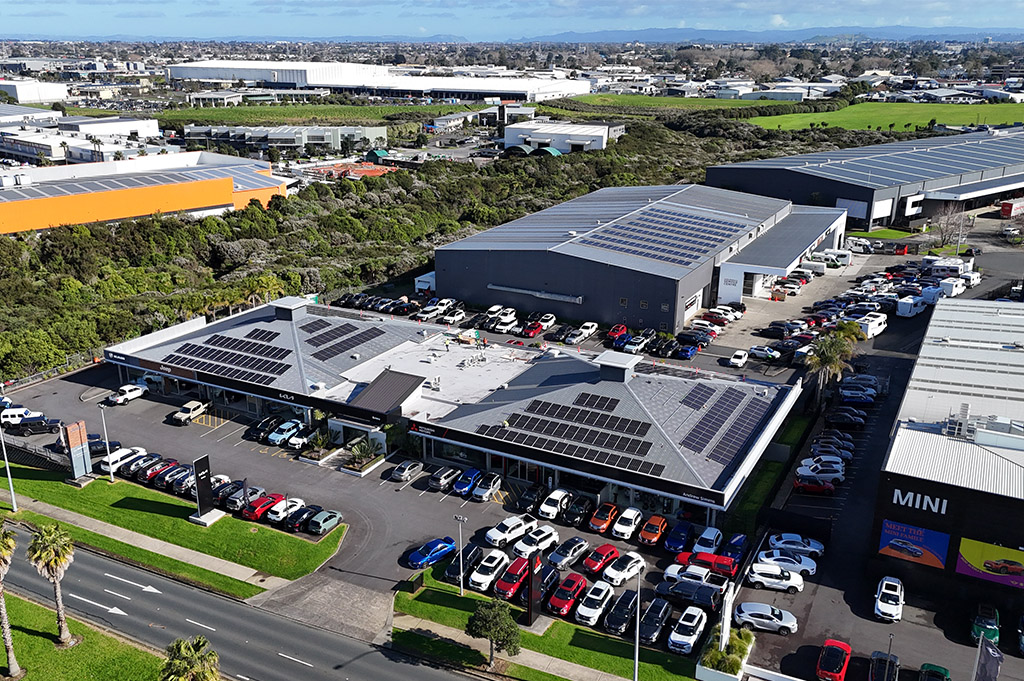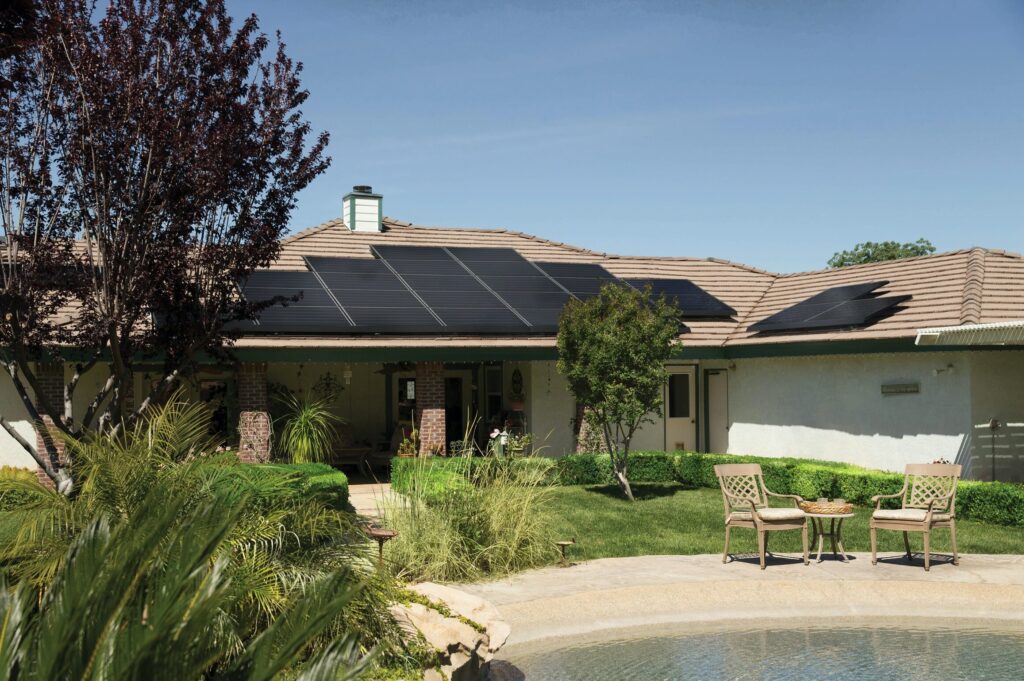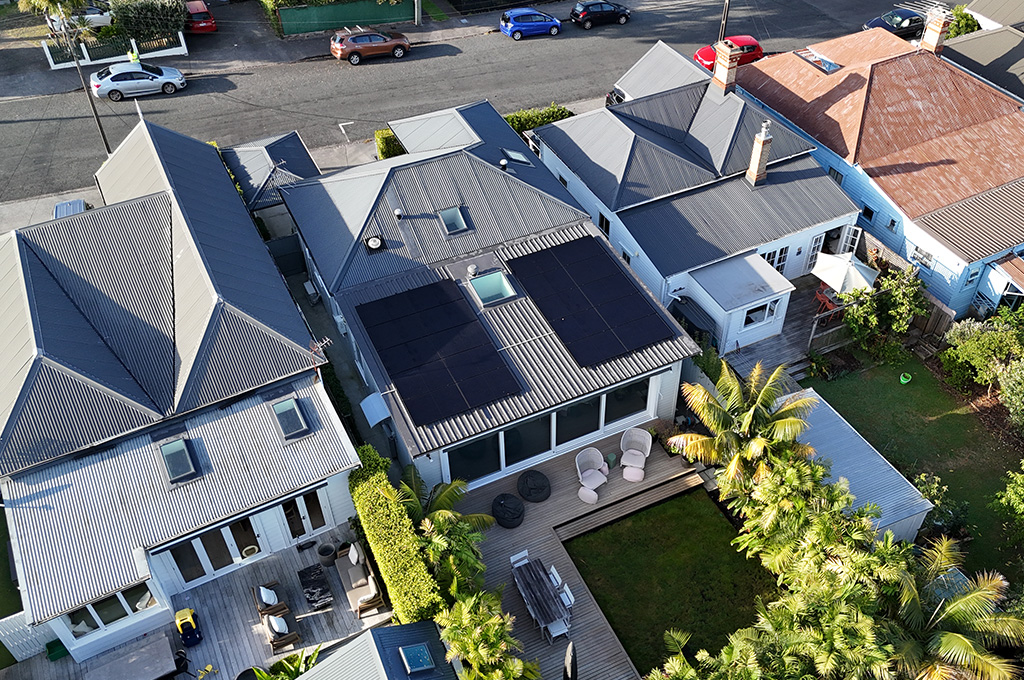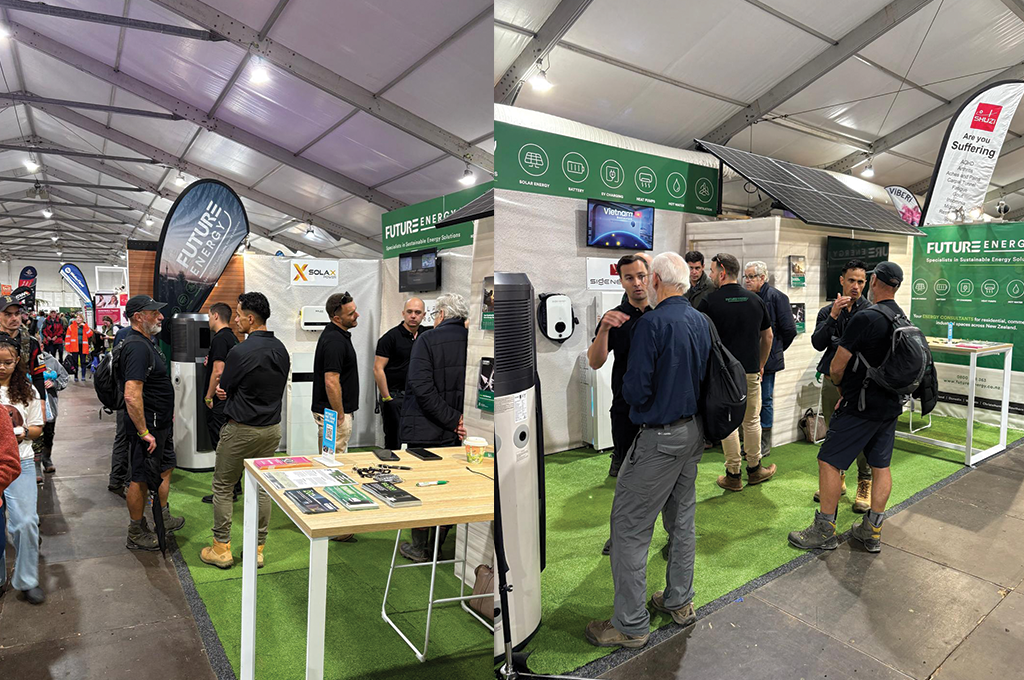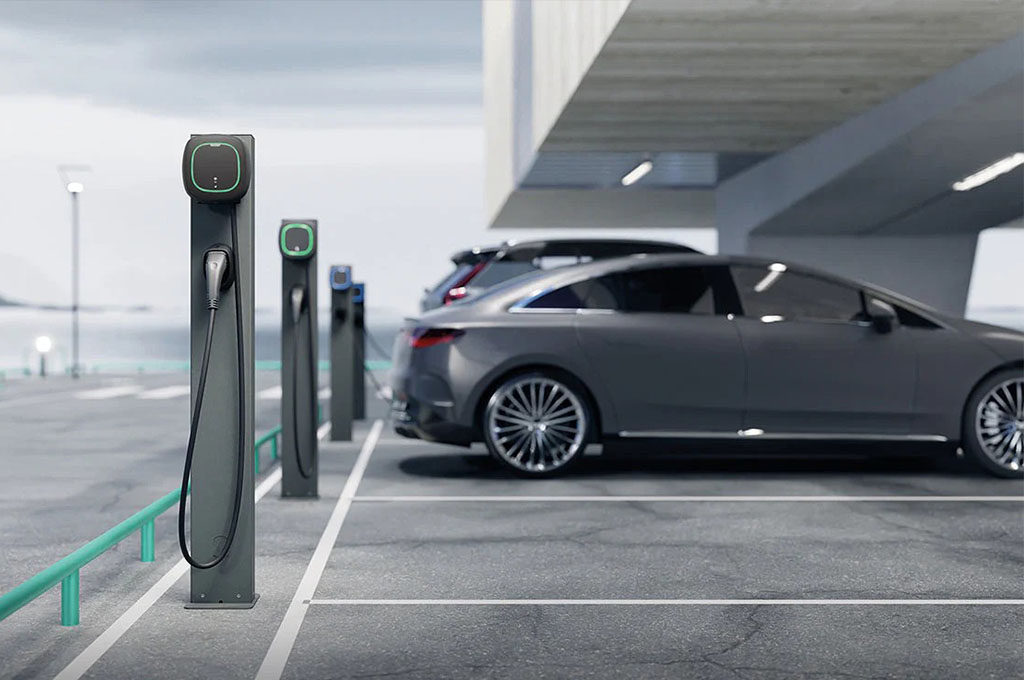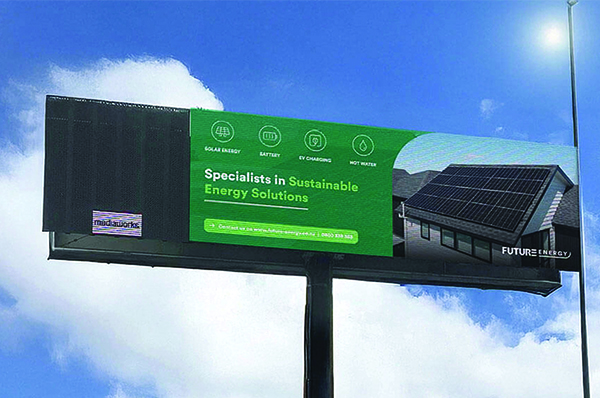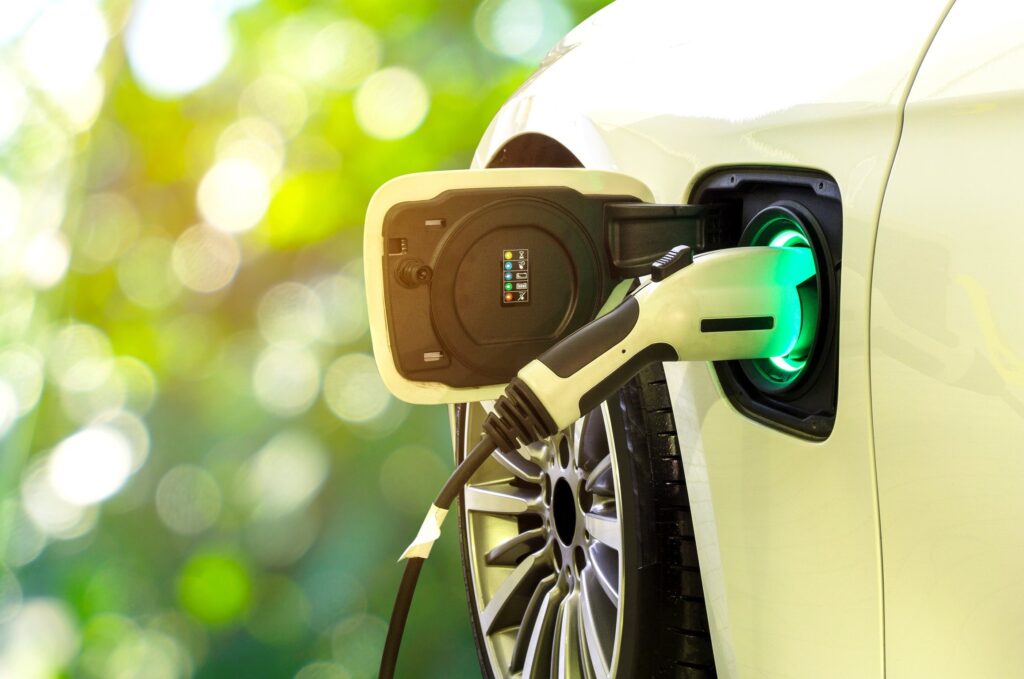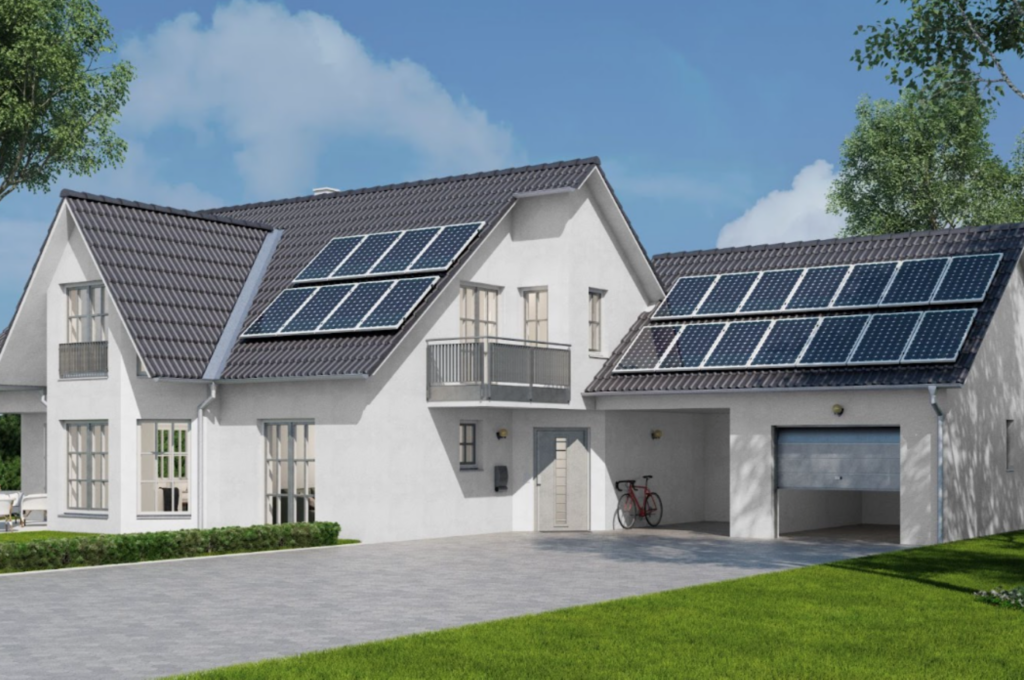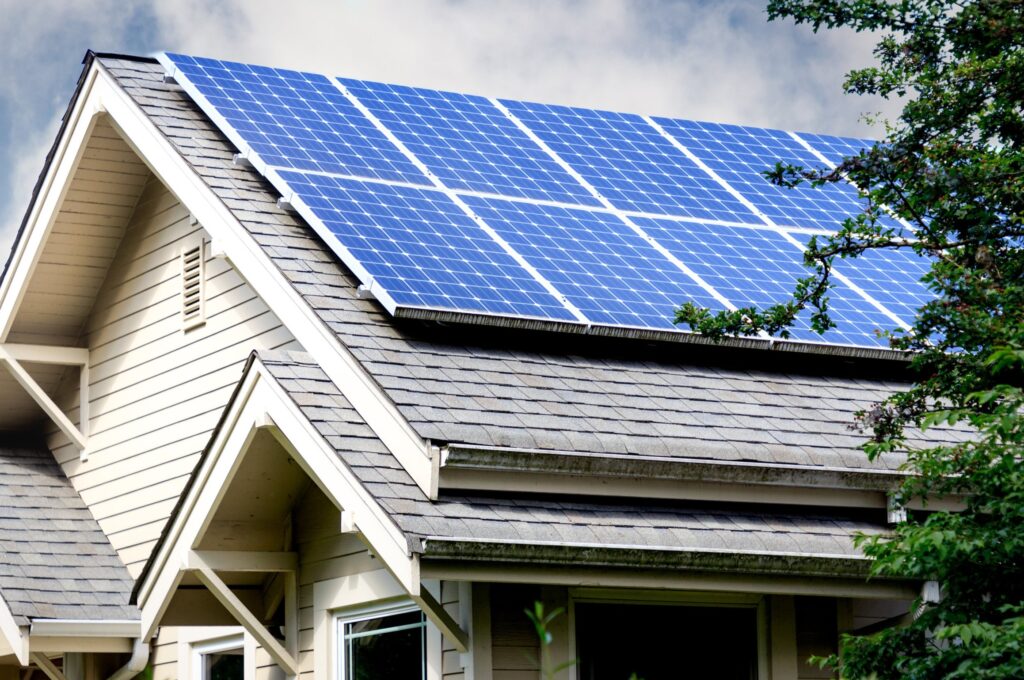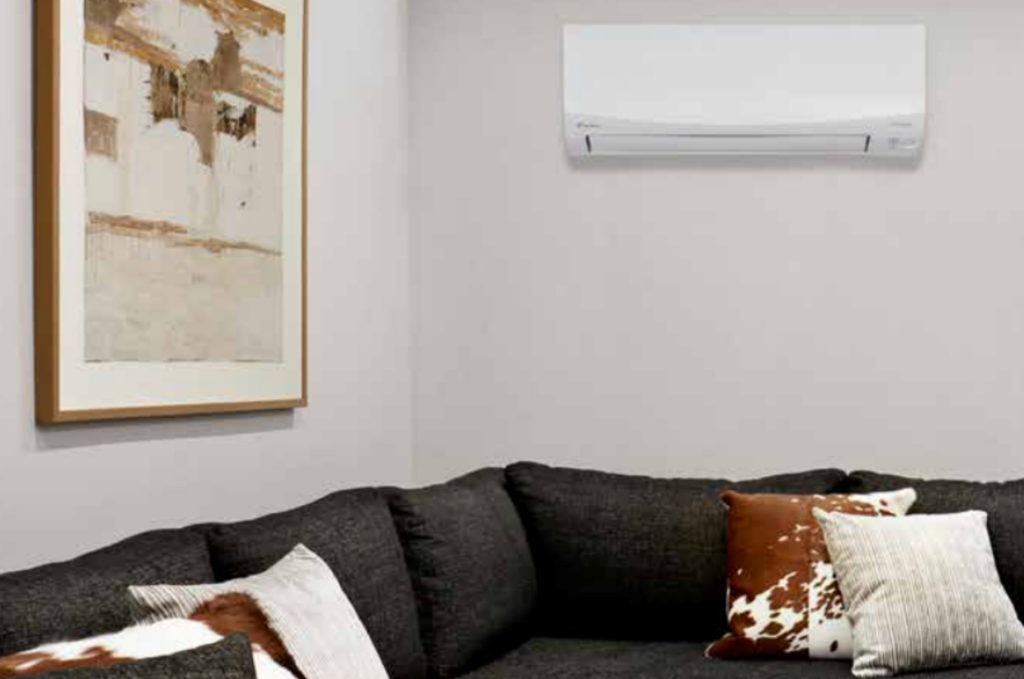Making the switch to solar can feel overwhelming at first. Between the unfamiliar terminology, the technical specs, and the range of products on the market, many homeowners are left unsure where to begin. This guide is here to change that. Whether you are just starting to explore solar or ready to take the next step, this article offers a clear, straightforward look at the entire journey. With the right knowledge, you can confidently plan a successful installation and enjoy long term benefits for your home and the environment.
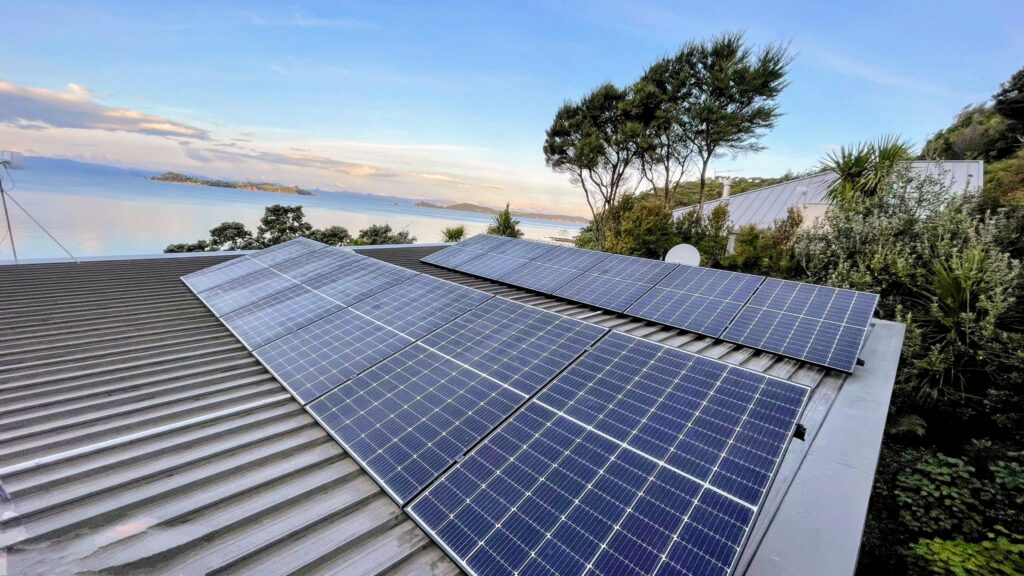
The Core Components of Your Solar System
Solar Panels
At the heart of every solar system are the panels themselves. These devices absorb sunlight using photovoltaic cells, which convert the sun’s energy into direct current (DC) electricity. When choosing panels, there are a few important factors to consider. Efficiency ratings tell you how well a panel converts sunlight into electricity. A higher rating generally means better performance, especially in limited roof space. Temperature coefficients show how much performance drops on very hot days. A lower number is better. Finally, a solid manufacturer warranty gives you peace of mind that your panels are built to last, often guaranteeing performance for 25 years or more.
The Inverter
The inverter plays a crucial role in your system by converting the DC electricity from your panels into alternating current (AC), which is what your household appliances use. There are two main types of inverters. String inverters are the most common and cost effective, using one central unit for all panels. Micro inverters, on the other hand, are installed on each individual panel. While more expensive, they allow each panel to operate independently, which is helpful in partially shaded or complex roof layouts. Your installer will help you choose the best option based on your needs and site conditions.
Mounting System
The panels are secured in place with a robust mounting system that is specially engineered to handle New Zealand’s varied weather. Whether you live in a region prone to high winds or heavy rain, the mounting system ensures your panels stay firmly in place and optimally angled for energy capture. The quality of this hardware plays a big part in the long term durability and performance of your system.
The Optional Powerhouse: Battery Storage
A solar battery stores the excess electricity your system produces during the day. For example, on a sunny day, your panels might generate more energy than your home can use. Instead of selling this power back to the grid for a credit, a battery stores it so you can use it later at night or during cloudy weather. This increases your independence from the grid and can provide backup power in the event of an outage.
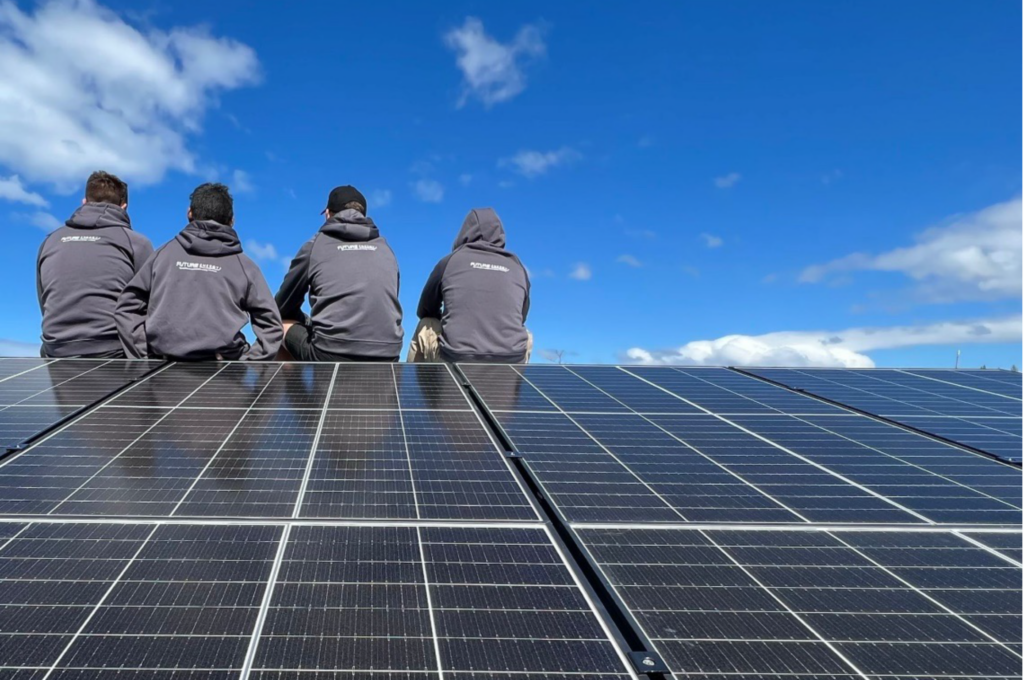
The Step by Step Installation Journey
Step 1: The Consultation and Site Assessment
Your solar journey begins with an in person consultation. A Future Energy expert will visit your home to assess your roof orientation, available space, and shading. They will also review your power bills and talk through your household’s energy goals. This personalised approach ensures your solar system is tailored to your specific needs and will deliver maximum benefit.
Step 2: System Design and Quote
Using advanced design software, your installer will create a custom solar plan for your property. This design includes panel layout, inverter selection, and estimated performance figures. Your quote will be fully transparent, breaking down all costs, components, and the expected payback period. It should also include a clear explanation of what is and is not included, so there are no surprises later.
Step 3: Gaining Consent and Grid Connection
Before installation can begin, your installer will manage the necessary paperwork. This includes applying for council building consent if required and submitting a grid connection application to your local electricity lines company. These steps are essential for ensuring the system is safely and legally connected to the national grid.
Step 4: Professional Installation
Once approvals are in place, your system will be installed by qualified professionals. The physical installation generally takes one to two days. Your panels, inverter, and mounting system will be securely fitted, and all wiring completed to high safety standards. A certified installer ensures compliance with New Zealand’s strict electrical codes, giving you confidence in the system’s safety and performance.
Step 5: The Switch On Moment
With everything in place, the installer will commission the system. This means performing final tests, getting approval from your power provider, and officially connecting the system to the grid. You will be shown how to use the monitoring tools, usually through a mobile app or online portal, so you can start tracking your solar production and energy savings in real time.
Step 6: Ongoing Support You Can Count On
At Future Energy, as part of our commitment to long-term care, our service doesn’t stop once your system is switched on. We have a dedicated in-house support team ready to assist you long after installation, whether it’s months or even years down the track. If any issues arise with the products we’ve installed, you can contact us directly for help and solutions, without the hassle of dealing with the supplier yourself.
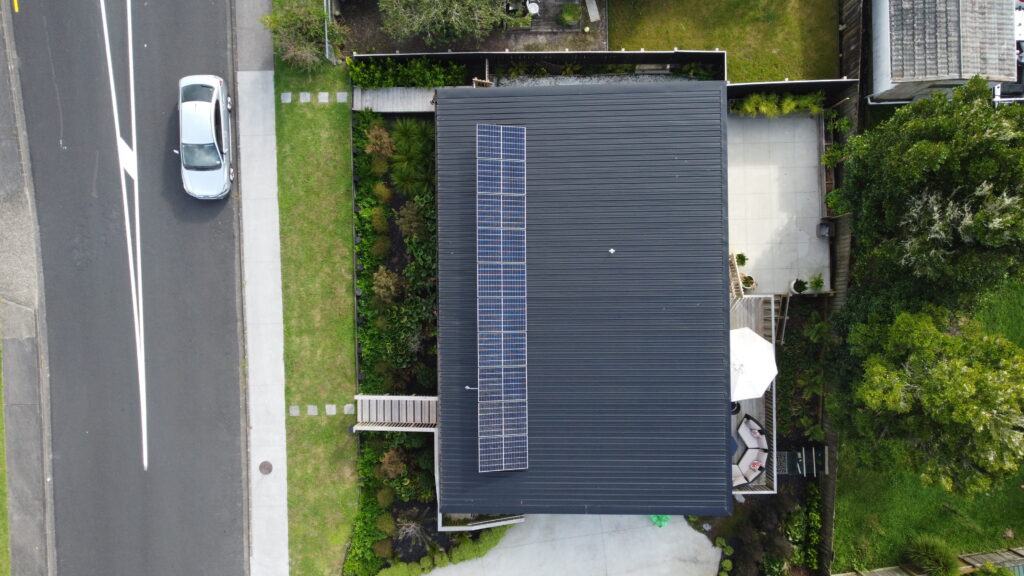
What Happens After Installation?
Optimising Your Usage
To get the most from your solar investment, try to use appliances during the day when your panels are producing electricity. Running your dishwasher, washing machine, or heat pump during sunlight hours means more of your usage is covered by free solar power.
Maintenance and Warranty
Solar systems require very little upkeep. Panels may occasionally need cleaning to remove dirt or debris, but otherwise, they are largely maintenance free. Most quality systems come with long term warranties covering performance, hardware, and workmanship.
The Power of Monitoring
Your system’s monitoring app or portal provides detailed insights into how much energy you are generating and using. This allows you to make smart energy decisions and gives you the satisfaction of seeing your investment pay off.
Going solar is not just about technology. It is about gaining control over your energy use, reducing your environmental impact, and making a smart financial decision. And now, with recent changes from the Electricity Authority, the outlook is even brighter for homeowners. Power companies are being required to offer fairer pricing and improved export rates for solar users, especially for power sent back to the grid during off-peak times. This means better returns and greater incentives for generating your own clean energy. With expert guidance and a trusted installation partner, the process can be straightforward and rewarding. Ready to take control of your energy future? Contact Future Energy today and get your complete solar plan.

